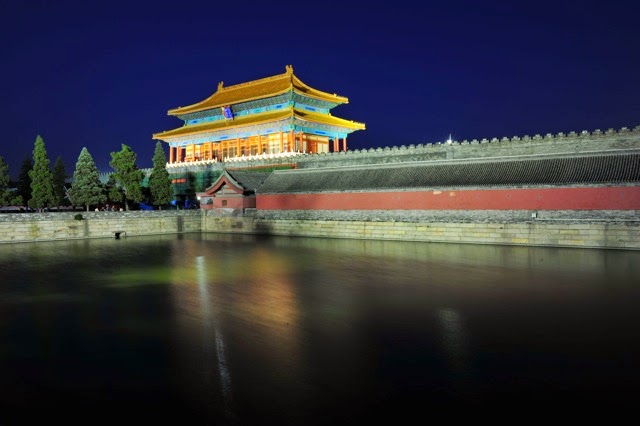Hangzhou's West Lake is surrounded by mountains that stretch from the northwest to the southeast. The stretch from the north to the east is flatland wherein lies Hangzhou city itself. Two structures on the mountains are visible from the bank of the Lake. In the north and closer to the Lake is the Baoshu Pagoda. On the south eastern side and a little further from the lake is the Chenghuang Pavilion on Wushan (Wu Mountain). Incidentally, there are many Wu mountains in China.
During my last visit to the West Lake, I decided to go up the Chenghuang Pavilion on Wushan to take a look at the West Lake from a different angle. I was rewarded with a 360 degrees panorama of not only the entire West Lake but also the entire Hangzhou. I believe not many visitors have seen the West Lake from this vantage point.
You have to pay an entrance fee to enter Chenghuang Pavilion which houses a tea house and a restaurant. There were scarcely any visitors at the time of my visit.
The following are vistas from the top of Chenghuang Pavilion.
 |
| View of Broken Bridge and Bai Causeway |
 |
| View of the Small Yingzhou Islet in the middle of West Lake |
 |
| View of Leifeng Pagoda |
 |
| Roof of Chenghuang Pavilion in the foreground and tiny Leifeng Pagoda in the background |
In my post The Blue Sky of Beijing, I have a shot of the glorious sunset over Beihai Park taken from a vantage point on the Jingshan Hill behind the Forbidden City. I look forward to doing a similar one on the West Lake.











